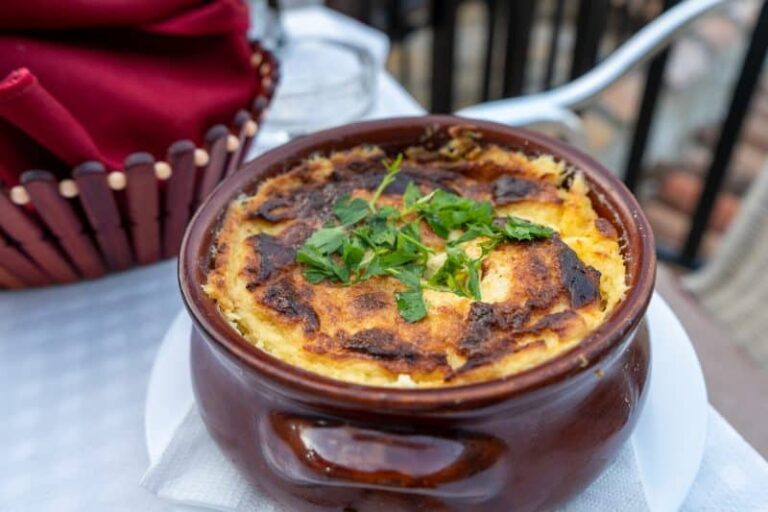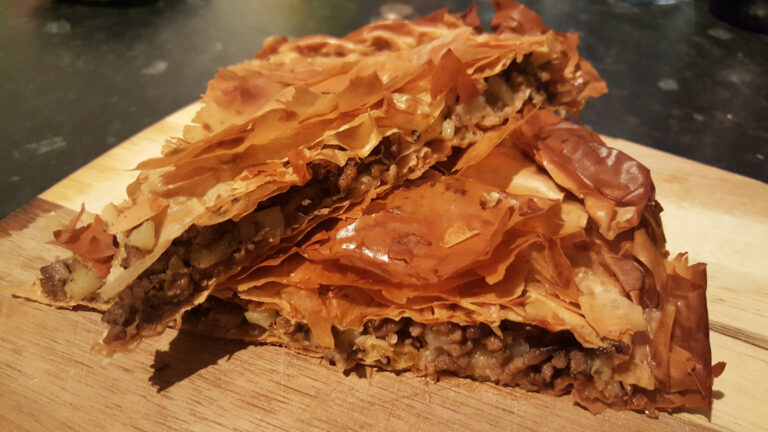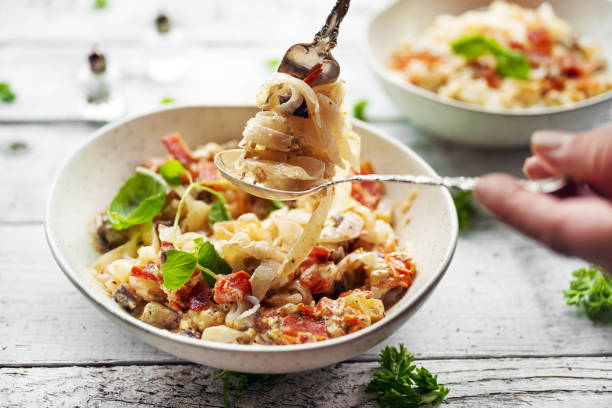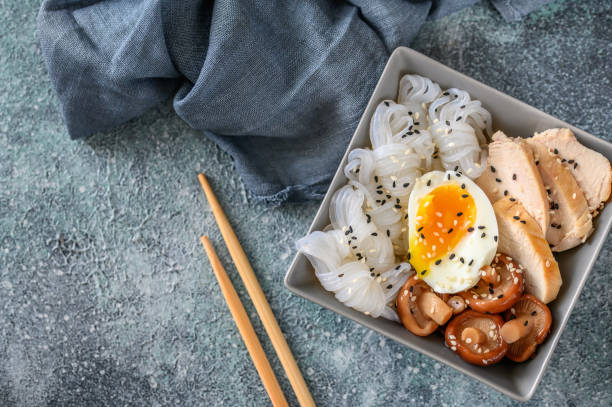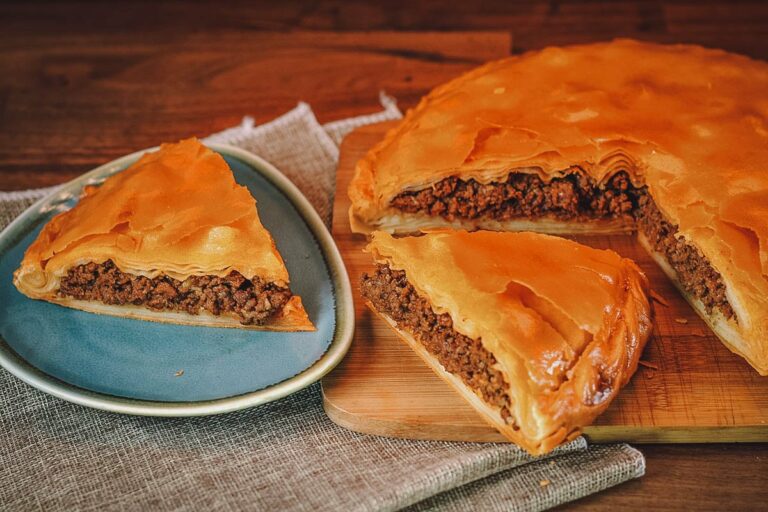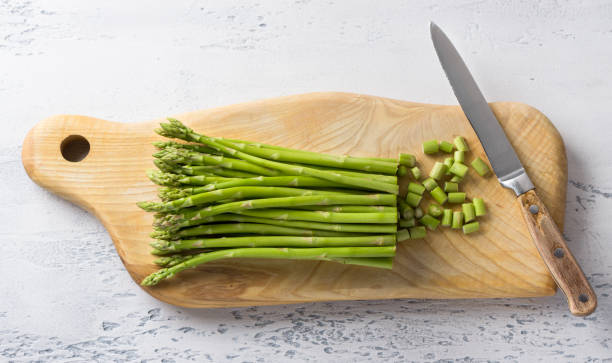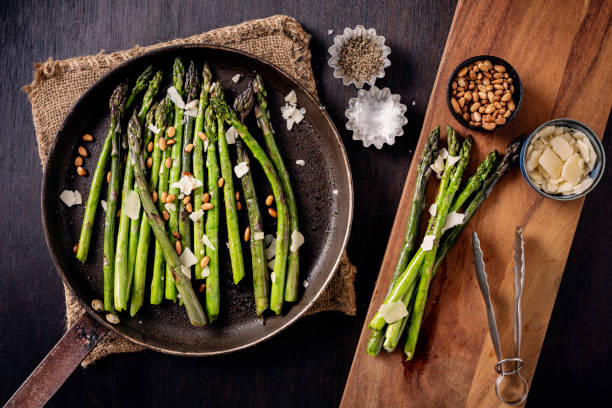Introduction: The Rich Cheese Culture of Albania
Albania has a rich cheese culture, with a variety of cheeses that are unique to the country. Albanian cheese is an important part of the cuisine, and many traditional dishes are made with cheese. Albanian cheese is known for its rich flavor and unique textures, and it is enjoyed both in Albania and in other parts of the world.
Kashkaval: The Most Popular Cheese in Albania
Kashkaval is the most popular cheese in Albania, and it is used in many traditional Albanian dishes. This cheese is made from cow’s milk, and it has a firm texture and a slightly salty flavor. It can be grated, sliced, or melted, and it is often used as a topping for pizza or as a filling for pastry.
Djathë i bardhë: The Traditional Albanian White Cheese
Djathë i bardhë is a traditional Albanian white cheese that is made from sheep’s or cow’s milk. It has a crumbly texture and a slightly sour flavor, and it is often used as a topping for salads or as a filling for pies. This cheese is also used to make a traditional Albanian dish called tave kosi, which is a baked casserole made with yogurt and eggs.
Djathë i kuq: A Spicy and Flavorful Albanian Cheese
Djathë i kuq is a spicy and flavorful Albanian cheese that is made from sheep’s milk. It is often mixed with red pepper flakes and other spices, which give it a unique flavor and a bright red color. This cheese is usually served as a topping for bread or as a filling for pies.
Byrekët me gjizë: Albanian Cheese Pies
Byrekët me gjizë are traditional Albanian cheese pies that are made with filo pastry and filled with a mixture of cheese, eggs, and herbs. The cheese used in these pies is usually either kashkaval or djathë i bardhë, and the pies are often served as a snack or as a main course.
Kështjella: A Unique and Rare Cheese from Albania
Kështjella is a unique and rare cheese from Albania that is made from cow’s milk. It has a soft, creamy texture and a delicate flavor, and it is usually served as a dessert cheese.
Mishavinë: The Aromatic Albanian Cheese
Mishavinë is an aromatic Albanian cheese that is made from sheep’s milk. It has a strong flavor and a pungent aroma, and it is often used as a topping for salads or as a filling for pies.
Çerëz: The Sweet and Savory Albanian Cheese Snack
Çerëz is a sweet and savory Albanian cheese snack that is made by grilling cubes of cheese and serving them with honey and walnuts. The cheese used in this dish is usually kashkaval, and it is a popular snack in Albania.

